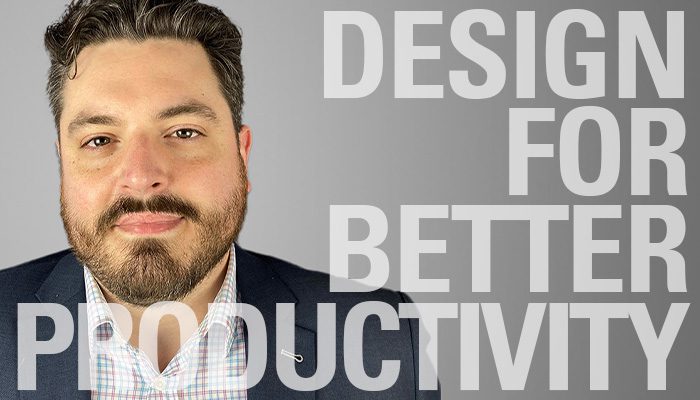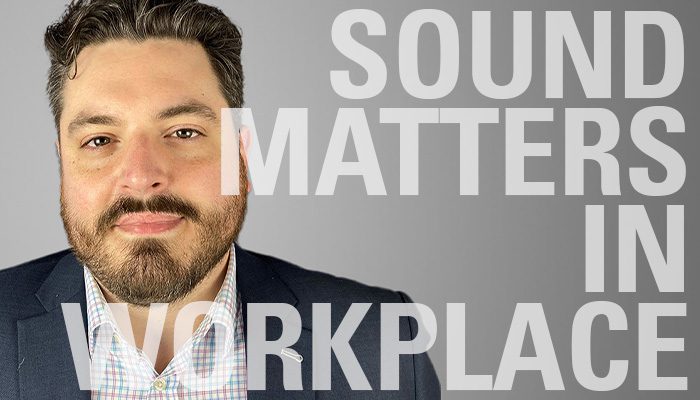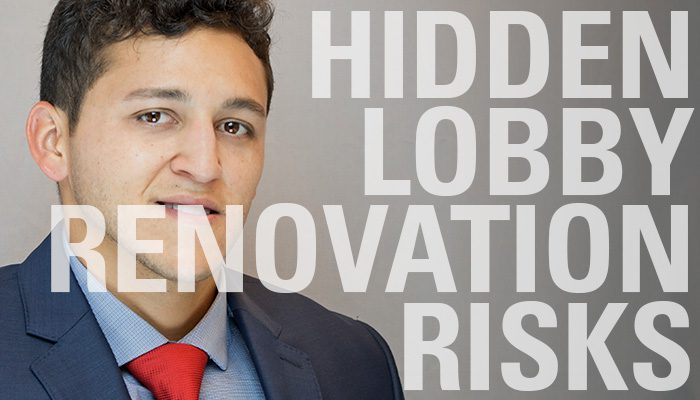As building owners, operators, and developers adapt to a hybrid work model, creating a welcoming office space is more important than ever. In an article for Propmodo’s Perspectives series, ESD now Stantec Senior Acoustics Project Manager Scott Hamilton shares his views on the evolution of the open office and why acoustics play such a critical role to the health, comfort, and productivity of returning workers. (Learn more about open office design.)
In a recent article for Contractor magazine, ESD Energy Engineer Matthew Zweibruck outlines strategies to extend the life of buildings that are cost-effective, quick to implement, and have an immediate impact on reducing the carbon footprint of these structures.
In his article, “Extending Life of Buildings (and the Planet) with Retro-Commissioning,” Zweibruck answers a number of questions building owners, contractors, designers, and property managers may have about pursuing the correct programs to minimize their facility’s negative impacts on the environment. He warns that commercial facilities with green building certifications such as LEED, ENERGY STAR, and WELL are not guaranteed to be operating efficiently.
Zweibruck says retro-commissioning (RCx) can help evaluate building systems to uncover hidden problems and more accurately measure a facility’s energy use. According to Zweibruck, the process is becoming critical enough that states are beginning to require commercial buildings to participate in RCx studies. Until it is a requirement in every state, property managers should work hand-in-hand with their building engineering teams to review opportunities to conduct these assessments.
Opportunities may present themselves in the form of increasing year-over-year energy consumption, a lack of previously completed building optimization studies, or buildings with limited resources to monitor and address facility operation issues. These overall efforts can only succeed when high-level sustainable design and management initiatives and practices are paired with direct quantitative action to improve building performance.
Matt Zweibruck shares his knowledge of the demand-side energy services industry in support of ESD’s mission to improve society through the built environment.
Contact ESD’s experts for more information on how ESD can help with energy efficiency and other carbon reduction planning.




